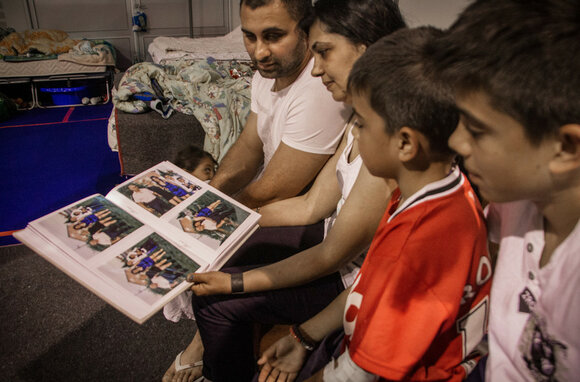
This page contains documents and other resources related to children's care in Europe. Browse resources by region, country, or category.
This page contains documents and other resources related to children's care in Europe. Browse resources by region, country, or category.
Displaying 11 - 20 of 3434
This article presents a comparative analysis of the Czech Republic and Colombia’s implementation of the United Nations Guidelines for Alternative Family Care. Based on secondary data, it identifies a shared adherence to the UN framework; a strong Czech system for alternative caregivers’ selection, training and support; a deep ethical commitment of Colombian foster families to ensure children’s well-being, despite limited resources; and the relevance of supporting parents at risk of having their children removed from their care and integrating the effects of unplanned migration into alternative care strategies.
This article describes how the Minister for Children, Disability and Equality in Ireland, Norma Foley, has announced the start of a consultation process for the forthcoming “National Policy Framework on Alternative Care” which aims to shape Irelan
This Guardian article tells the story of Craig, who became homeless at 13 after running away from a children’s home in Nottingham.
The Family Network Pilot (FNP) aims to help UK children stay safely within their extended families and prevent entry into care by providing Family Group Conferences and Family Network Support Packages. This report evaluates the pilot’s implementation, processes, and impacts across seven local authorities, using qualitative research and monitoring data analysis.
This study examines Norwegian birth parents’ perspectives on the support they need for successful family reunification, revealing significant gaps in guidance, financial assistance, and help mobilizing social networks. The findings underscore that low trust in child welfare services can hinder parents’ willingness to accept support, highlighting the need for stronger institutional collaboration and tailored assistance before, during, and after reunification.
The Children’s Commissioner’s report “The Criminalisation of Children in Care” reveals a deeply concerning pattern: children in care in the UK are disproportionately drawn into the criminal justice system, often for low-level incidents that, in a family setting, would be handled without police involvement. To address this, the Commissioner calls for a strengthened, statutory protocol among police, local authorities, and youth services; better diversion pathways; a more child-friendly prosecution process; increased legal aid and training; more stable, high-quality care placements; and improved data sharing to monitor and prevent harmful police involvement.
Changing the Way We Care’s “Care System Strengthening Learning Synthesis: Evaluation Summary” distills lessons from care reform efforts in four countries, examining how change happened across laws, workforce, financing, monitoring, and services. It finds that evidence-based advocacy, strong government ownership, collaboration, and capacity-building were central to driving and sustaining reform across diverse contexts.
This article examines how care leavers navigate their relationships with biological mothers and fathers. It is based on a qualitative study from Austria, which focused on social networks and family relationships of 18-to 27-year-old care-experienced youth.
This article reports that the Czech Republic has passed a law, signed in July 2025 and coming into effect on 1 January 2026, explicitly prohibiting all corporal punishment of children in every setting — home, school, day care, alternative care and
The article highlights how Moldova has dramatically reduced the number of children in institutional care from around 17,000 to just 700, with an ambitious goal of closing all orphanage‑style institutions by 2027.